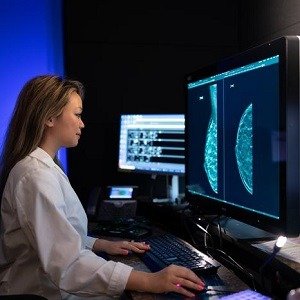A new cervical cancer screening method approved by the FDA in May could significantly reduce racial disparities in cervical cancer outcomes. The new technique allows women to self-swab their vaginas in a medical setting, similar to providing a urine sample, which is less invasive than the traditional Pap smear. This method is expected to increase screening rates, particularly among women who find Pap smears uncomfortable or traumatic.
Dr. Lucy Chie of Beth Israel Deaconess Medical Center highlighted the potential benefits, stating, “Anything that can help increase cervical cancer screening will be helpful in lowering cervical cancer rates.” The new self-collection method, already in use in countries like Denmark and Australia, could soon be complemented by at-home testing, allowing women to send samples to labs for analysis.
The current Pap smear method has failed to reach many women, particularly those in rural areas, with lower socioeconomic status, or without insurance. African American women are 30% more likely to develop cervical cancer and 60% more likely to die from it than non-Hispanic white women. Asian American women also have one of the lowest screening rates. Dr. Jenny Ruan of Tufts Medical Center noted, “Self-collection may increase screening uptake,” which could help close the screening gap.
This new technology offers hope for addressing these disparities by making cervical cancer screening more accessible and comfortable for all women.
See “New Screening Tech Could Address Racial Disparities in Cervical Cancer” (September 13, 2024)



